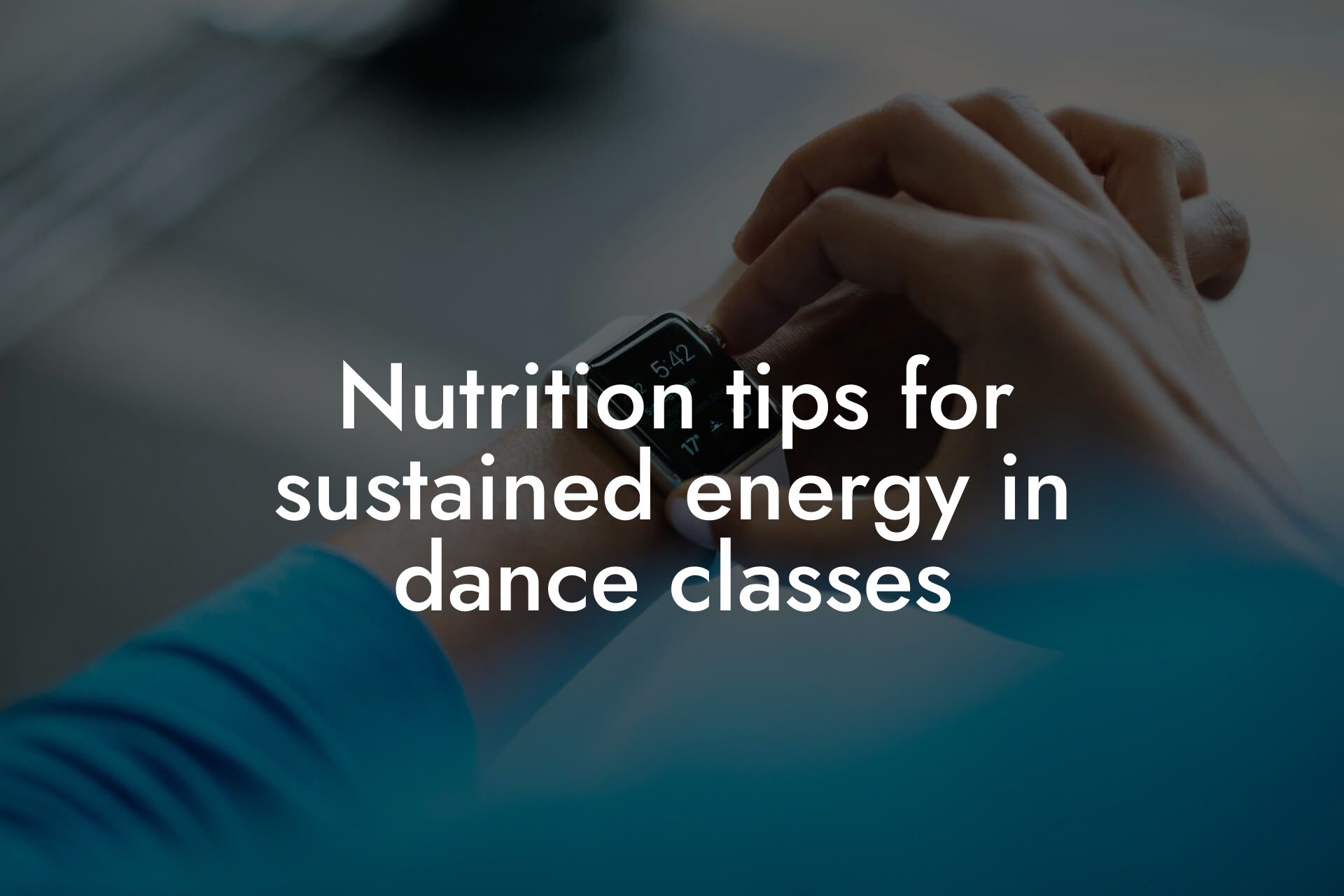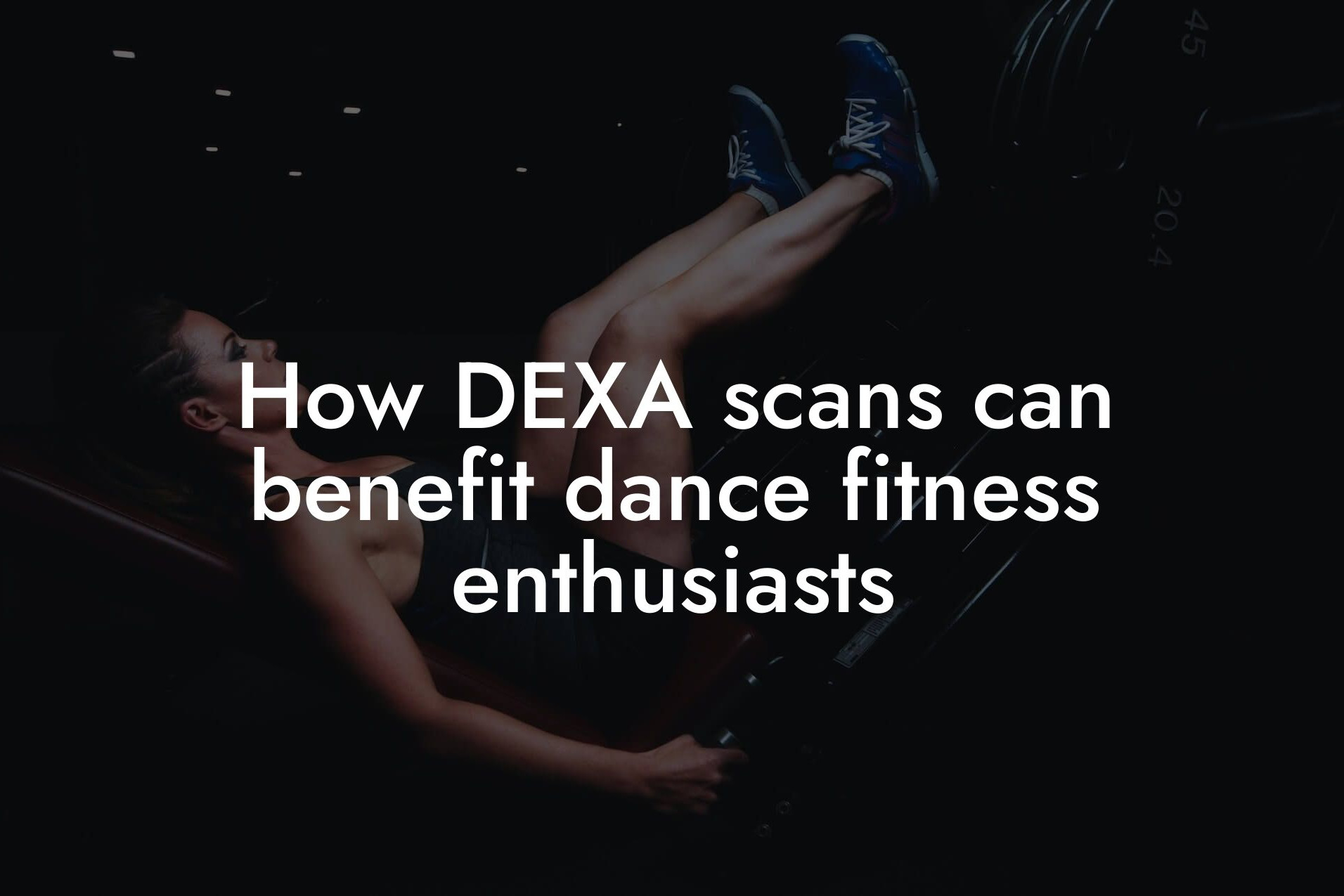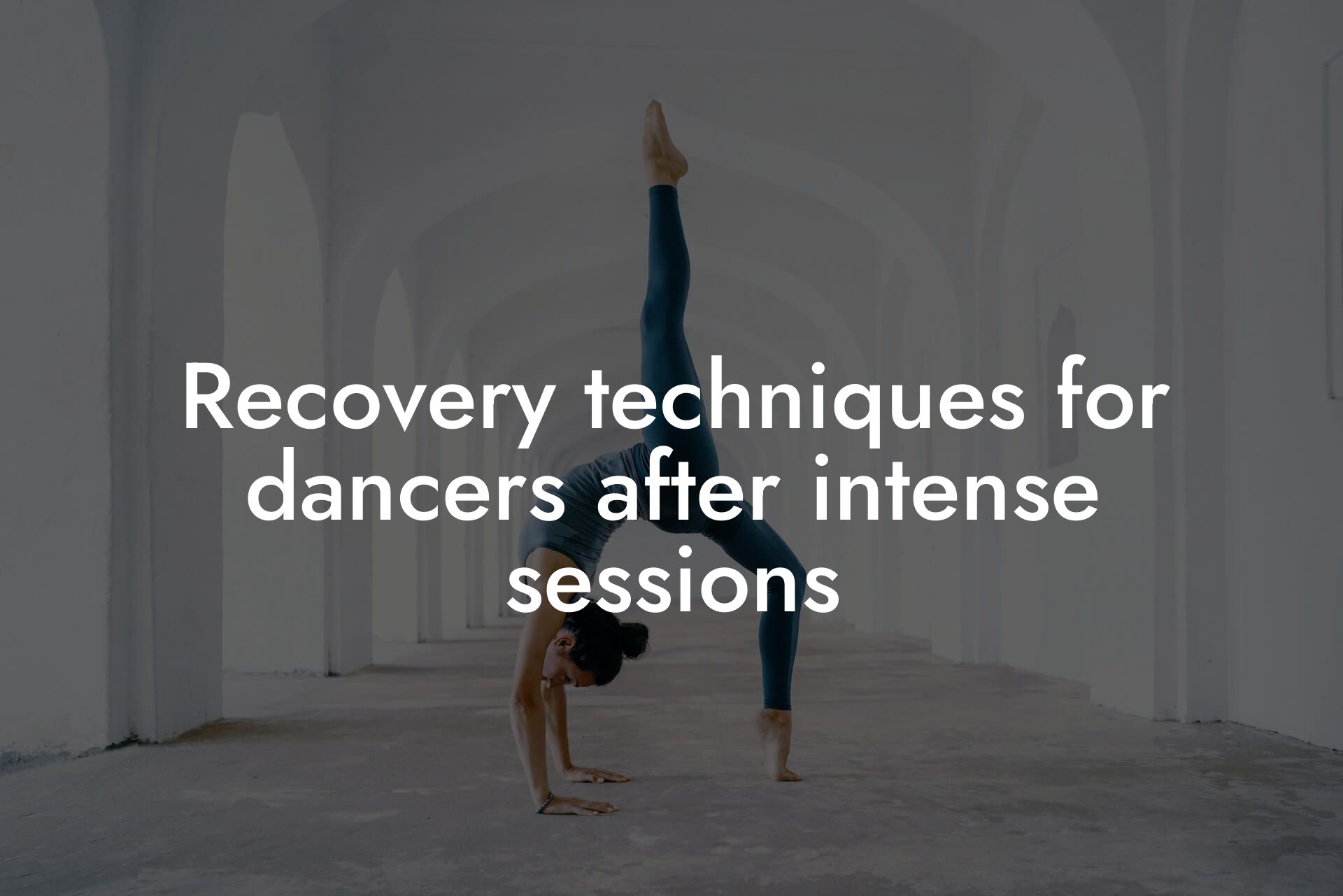As a high-earning professional, you understand the importance of maintaining a fit and toned physique. Dance fitness is an excellent way to achieve this, but it requires a combination of proper technique, consistent practice, and a well-structured workout routine. In this article, we will delve into the world of dance fitness and provide you with a comprehensive guide on how to maintain muscle tone and endurance, helping you take your physical appearance to the next level.
Table of Contents
Understanding Muscle Tone and Endurance
Muscle tone refers to the amount of tension in your muscles when they are at rest. Having good muscle tone means that your muscles are firm and well-defined, even when you're not actively using them. Endurance, on the other hand, refers to your muscles' ability to sustain activity over a prolonged period. In dance fitness, both muscle tone and endurance are crucial for optimal performance and injury prevention.
The Importance of Proper Technique
Proper technique is essential in dance fitness to maintain muscle tone and endurance. When you use correct technique, you engage the right muscles and avoid putting unnecessary strain on your joints. This not only helps prevent injuries but also ensures that you're targeting the correct muscle groups to achieve the desired tone and endurance. Make sure to work with a qualified instructor or take classes that focus on proper technique to get the most out of your dance fitness routine.
Creating a Balanced Workout Routine
A well-structured workout routine is vital for maintaining muscle tone and endurance in dance fitness. Aim to incorporate a mix of cardio, strength training, and flexibility exercises into your routine. Cardio exercises, such as high-intensity interval training (HIIT), help improve cardiovascular endurance and burn calories. Strength training exercises, like squats and lunges, target specific muscle groups to build tone and endurance. Flexibility exercises, like stretching and foam rolling, help improve range of motion and reduce muscle soreness.
Incorporating Plyometrics and Jump Training
Plyometrics and jump training are essential components of dance fitness that can help improve muscle tone and endurance. Plyometric exercises, such as jump squats and box jumps, involve rapid, powerful movements that engage your muscles and improve power and explosiveness. Jump training, on the other hand, targets your legs and glutes, helping to build strength and endurance. Incorporate plyometric and jump training exercises into your routine 2-3 times a week to see significant improvements in your dance fitness performance.
Strengthening Your Core
A strong core is essential for maintaining good posture, balance, and stability in dance fitness. Your core muscles, including your abs, obliques, and lower back, provide the foundation for all movement. Incorporate exercises like planks, Russian twists, and leg raises into your routine to target your core muscles and improve overall stability and endurance.
Flexibility and Mobility Exercises
Flexibility and mobility exercises are crucial for maintaining range of motion and reducing muscle soreness in dance fitness. Incorporate exercises like leg swings, arm circles, and hip openers into your warm-up and cool-down routines to improve flexibility and mobility. You can also incorporate stretching exercises, like hamstring and quadriceps stretches, to target specific muscle groups and improve flexibility.
Progressive Overload and Periodization
Progressive overload and periodization are essential for continued improvement in muscle tone and endurance. Progressive overload involves gradually increasing the intensity of your workouts by adding weight, reps, or sets over time. Periodization involves varying your workout routine to avoid plateaus and prevent overtraining. Incorporate progressive overload and periodization into your routine to continue challenging your muscles and achieving optimal results.
Nutrition and Recovery
Nutrition and recovery play critical roles in maintaining muscle tone and endurance in dance fitness. A balanced diet that includes protein, complex carbohydrates, and healthy fats provides your muscles with the necessary fuel for optimal performance. Adequate recovery, including rest, stretching, and foam rolling, helps to reduce muscle soreness and improve overall performance. Make sure to prioritize nutrition and recovery in your dance fitness routine to achieve optimal results.
At Tano Performance Group, we understand the importance of maintaining muscle tone and endurance in dance fitness. Our comprehensive body assessment using a DEXA machine provides you with a complete picture of your body composition, including muscle mass, bone density, and body fat percentage. With this information, you can tailor your workout routine and nutrition plan to achieve optimal results and take your physical appearance to the next level. Contact us today to learn more about our services and how we can help you achieve your fitness goals.
Frequently Asked Questions
What is muscle tone and why is it important in dance fitness?
Muscle tone refers to the amount of tension or contraction in a muscle when it is at rest. In dance fitness, maintaining good muscle tone is essential as it helps improve posture, balance, and overall movement quality. Good muscle tone also reduces the risk of injury and enhances overall physical performance.
How does dance fitness improve muscle tone?
Dance fitness improves muscle tone by engaging multiple muscle groups simultaneously, which helps to strengthen and tone the muscles. The repetitive movements and contractions involved in dance fitness exercises also help to increase muscle endurance and reduce muscle fatigue.
What are the benefits of having good muscle endurance in dance fitness?
Good muscle endurance in dance fitness enables individuals to perform complex movements with ease, reduces fatigue, and enhances overall physical performance. It also improves cardiovascular health, increases caloric burn, and boosts metabolism.
How can I improve my muscle endurance in dance fitness?
To improve muscle endurance in dance fitness, focus on incorporating exercises that target multiple muscle groups, such as squats, lunges, and leg press. Additionally, incorporate high-intensity interval training (HIIT) and plyometric exercises to challenge your muscles and improve endurance.
What is the difference between muscle tone and muscle mass?
Muscle tone refers to the amount of tension or contraction in a muscle when it is at rest, whereas muscle mass refers to the actual size of the muscle. While building muscle mass can improve muscle tone, the two are not interchangeable terms.
Can I improve my muscle tone without building muscle mass?
Yes, it is possible to improve muscle tone without building muscle mass. This can be achieved through exercises that focus on muscle contractions, such as isometric exercises, and by incorporating stretching and foam rolling to improve muscle flexibility and reduce muscle tension.
How often should I engage in dance fitness exercises to maintain muscle tone and endurance?
Aim to engage in dance fitness exercises at least 2-3 times per week, with a minimum of 30 minutes per session. Consistency is key to maintaining muscle tone and endurance, so try to make dance fitness a regular part of your exercise routine.
What are some common mistakes people make when trying to improve muscle tone and endurance in dance fitness?
Common mistakes include not warming up properly, not incorporating proper technique, and not challenging themselves enough. It's also important to listen to your body and not push yourself too hard, as this can lead to injury and burnout.
How can I incorporate strength training into my dance fitness routine?
Incorporate strength training exercises 1-2 times per week, focusing on exercises that target multiple muscle groups such as squats, deadlifts, and bench press. You can also incorporate resistance bands or light weights into your dance fitness routine to add an extra challenge.
What are some exercises that can help improve muscle tone and endurance in dance fitness?
Exercises that can help improve muscle tone and endurance in dance fitness include squats, lunges, leg press, calf raises, and step-ups. You can also incorporate plyometric exercises such as jump squats and box jumps to challenge your muscles and improve endurance.
How can I modify dance fitness exercises to suit my fitness level?
Modify dance fitness exercises by reducing the intensity, duration, or complexity of the movements. You can also incorporate chair support or resistance bands to make exercises more accessible. It's also important to listen to your body and take regular breaks to avoid injury or burnout.
What are some common injuries associated with dance fitness and how can I prevent them?
Common injuries associated with dance fitness include shin splints, plantar fasciitis, and knee strain. To prevent these injuries, make sure to warm up properly, wear supportive shoes, and incorporate proper technique. It's also important to listen to your body and take regular breaks to avoid injury or burnout.
How can I incorporate stretching and foam rolling into my dance fitness routine?
Incorporate stretching and foam rolling into your dance fitness routine by dedicating 5-10 minutes before and after each workout to stretching and foam rolling. Focus on stretching major muscle groups such as hamstrings, quadriceps, and hip flexors.
What are some nutrition tips to support muscle tone and endurance in dance fitness?
To support muscle tone and endurance in dance fitness, focus on consuming a balanced diet that includes lean protein, complex carbohydrates, and healthy fats. Also, make sure to stay hydrated by drinking plenty of water before, during, and after exercise.
How can I track my progress and stay motivated in dance fitness?
Track your progress by taking progress photos, measurements, and tracking your workout routine. Stay motivated by setting realistic goals, finding a workout buddy, and rewarding yourself for milestones achieved.
What are some common myths about dance fitness and muscle tone?
Common myths about dance fitness and muscle tone include the idea that dance fitness is only for young people, or that it's not an effective way to improve muscle tone and endurance. However, dance fitness can be adapted to suit any fitness level, and it's an effective way to improve muscle tone and endurance when done consistently and with proper technique.
How can I incorporate dance fitness into my busy schedule?
Incorporate dance fitness into your busy schedule by finding a dance fitness class or online workout that fits your schedule, or by incorporating short dance fitness workouts into your daily routine. You can also try breaking up your workout into shorter sessions throughout the day.
What are some benefits of dance fitness for overall health and wellness?
Dance fitness has numerous benefits for overall health and wellness, including improved cardiovascular health, increased caloric burn, and enhanced mental well-being. It also improves coordination, balance, and flexibility, and can reduce stress and anxiety.
How can I make dance fitness more enjoyable and engaging?
Make dance fitness more enjoyable and engaging by finding a dance fitness style that you enjoy, such as hip hop or salsa. You can also incorporate music that motivates you, and try working out with a friend or family member.
What are some common misconceptions about dance fitness and muscle tone?
Common misconceptions about dance fitness and muscle tone include the idea that dance fitness is only for people who are naturally flexible or coordinated, or that it's not an effective way to improve muscle tone and endurance. However, dance fitness can be adapted to suit any fitness level, and it's an effective way to improve muscle tone and endurance when done consistently and with proper technique.
How can I use dance fitness to improve my overall physique?
Use dance fitness to improve your overall physique by incorporating exercises that target multiple muscle groups, such as squats, lunges, and leg press. You can also incorporate high-intensity interval training (HIIT) and plyometric exercises to challenge your muscles and improve endurance.
What are some tips for getting started with dance fitness?
Get started with dance fitness by finding a dance fitness class or online workout that suits your fitness level and interests. Start slowly and gradually increase the intensity and duration of your workouts. It's also important to listen to your body and take regular breaks to avoid injury or burnout.
How can I make dance fitness a sustainable part of my fitness routine?
Make dance fitness a sustainable part of your fitness routine by incorporating it into your daily or weekly routine, and by finding a dance fitness style that you enjoy. It's also important to set realistic goals and track your progress to stay motivated.
Here are some related articles you might love...
- Nutrition tips for sustained energy in dance classes
- How DEXA scans can benefit dance fitness enthusiasts
- Recovery techniques for dancers after intense sessions
- Bone density and its role in dance performance
- The impact of body composition on dance fitness performance
- Balancing strength, flexibility, and grace in dance fitness
- Reducing body fat for improved flexibility and agility in dance
- The role of dance in cardiovascular health
- Strength training tips to complement your dance fitness routine
Zak Faulkner
Zak Faulkner is a leading authority in the realm of physical health and body composition analysis, with over 15 years of experience helping professionals optimise their fitness and well-being. As one the experts behind Tano Performance Group, Zak has dedicated his career to providing in-depth, science-backed insights that empower clients to elevate their physical performance and overall health.
With extensive knowledge of DEXA technology, Zak specializes in delivering comprehensive body assessments that offer precise data on body fat, muscle mass, bone density, and overall physique. His expertise enables individuals to make informed decisions and achieve their fitness goals with accuracy and confidence. Zak’s approach is rooted in a deep understanding of human physiology, combined with a passion for helping clients unlock their full potential through personalised strategies.
Over the years, Zak has earned a reputation for his commitment to excellence, precision, and client-focused service. His guidance is trusted by top professionals who demand the best when it comes to their health. Whether advising on fitness programs, nutritional strategies, or long-term wellness plans, Zak Faulkner’s insights are a valuable resource for anyone serious about taking their health and fitness to the next level.
At Tano Performance Group, Zak continues to lead our Content Team revolutionising how professionals approach their physical health, offering unparalleled expertise that drives real results.




